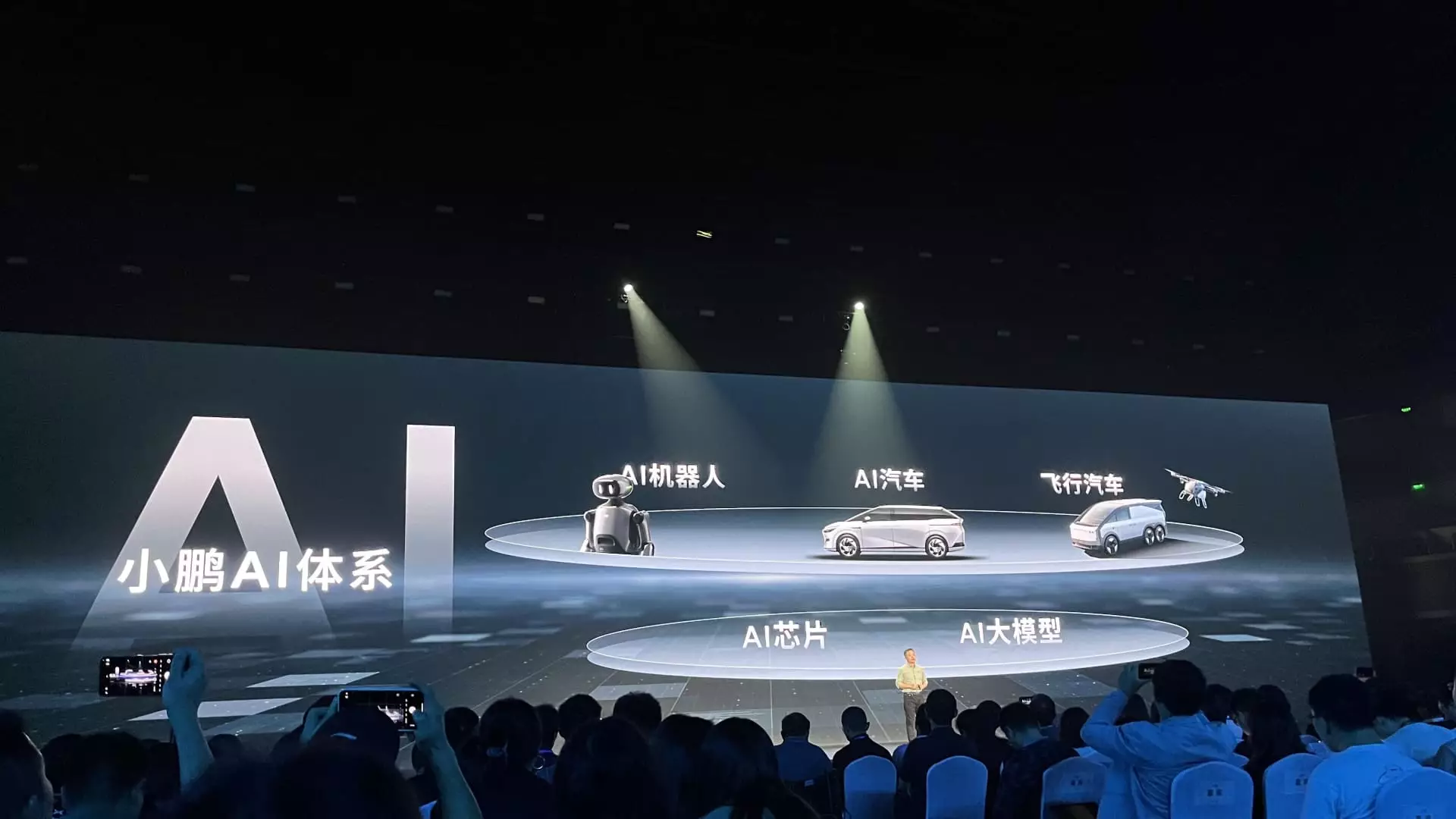In a rapidly changing automobile landscape, Xpeng Motors has emerged as a noteworthy contender among China’s electric vehicle (EV) startups. Delivering over 30,000 cars monthly since late last year, this company has found its footing in a market increasingly dominated by ambitious competitors like BYD. Commanding a significant share of this growth is Xpeng’s strategic focus on accessible pricing and advanced technology. The company is not just a flash in the pan; it’s demonstrating a sustained growth trajectory that signals a pivotal moment in the Chinese EV sector.
The recent announcement of an expected doubling in sales for 2024 raises questions about what factors fuel this optimism. Is it merely a response to higher demand, or is it linked to a concerted effort to penetrate the market with robust technology at competitive price points? My opinion leans towards the latter—effective market strategies paired with innovative technology are positioning Xpeng as a frontrunner.
The Power of Affordability in Automotive Innovation
One of Xpeng’s most impressive accomplishments has been delivering lower-priced vehicles like the Mona M03, aimed explicitly at price-sensitive consumers who crave advanced features without exorbitant costs. Moreover, by bundling advanced driver-assist technology at no extra charge, they’ve carved a unique niche that appeals to modern drivers. This approach makes Xpeng a worthy benchmark, particularly when juxtaposed against other brands that fail to deliver similar value—Tesla, for example.
Yet, this competitive edge won’t last forever. Other major players, including BYD, are set to transform the landscape with their newly unveiled technologies. The automotive world is at a turning point, one that begs the question: can Xpeng sustain its momentum amidst rising competition for advanced autonomous features?
Strategic Partnerships and Future-Proofing Technology
Observing Xpeng’s trajectory reveals a sensible strategy: harnessing partnerships with tech firms like Nvidia to push boundaries in driver-assist technology. Yet, there is a double-edged sword here. While this level of integration offers a competitive advantage, it also raises concerns about dependence on third-party technology. If these partnerships falter, or if competitors develop more advanced in-house solutions, Xpeng could face formidable challenges ahead.
Despite this, the company’s focus on expanding its technological capability appears sound. The anticipation of the Max version of the Mona M03, which will introduce enhanced driving features, aligns with evolving consumer expectations for more advanced autonomy on the roads. This step demonstrates Xpeng’s adaptability; it recognizes that remaining stagnant risks falling behind an ever-evolving industry.
Market Analysts and Economic Sentiment
Interestingly, the signals coming from market analysts suggest an optimistic but cautious viewpoint on Xpeng’s future. A recent report from J.P. Morgan hinted that while earnings forecasts for 2025 are getting positive revisions, higher research and development (R&D) expenses may pose constraints. This points to a significant aspect of modern electric vehicle companies: the need for constant innovation and improvement, which, while essential, often complicates financial forecasting.
With Bank of America and Barclays providing mixed ratings—ranging from “buy” to “underweight” based on fluctuating consumer sentiments—it’s evident that backing for Xpeng isn’t unanimous. These fluctuating evaluations reflect an industry teetering on a knife-edge, as each company develops its defining strategies.
The Broader Implications of EV Growth in China
The emergence of autonomous driving features as a new industry standard marks a monumental shift not just for Xpeng but for the overall automotive market. Shay Natarajan pointed out that this transition signifies an important stage in consumer expectations. As more manufacturers include advanced features at lower price points, those who fail to adapt may find themselves quickly ostracized in a market that increasingly prioritizes innovation and utility.
In essence, Xpeng’s recent successes are not only a harbinger of its potential; they also illustrate the broader evolution of the EV market in China. As manufacturers compete fiercely for market share, the landscape becomes increasingly fragmented, each player vying for consumer loyalty through a combination of technology, pricing, and brand visibility. Failure to stay ahead of this curve could mean irrelevance in mere months.
While Xpeng is currently basking in its success, the question remains whether it can continue to build upon its momentum in an electrifyingly competitive market. It’s clear that the stakes are high, and the ability of any EV company to thrive hinges not only on their innovation but also on their agility to adapt to inevitable market shifts.

